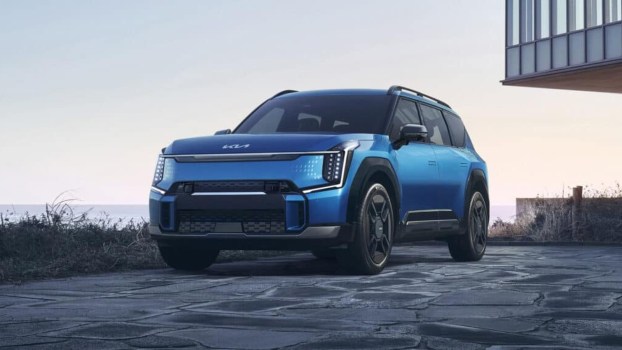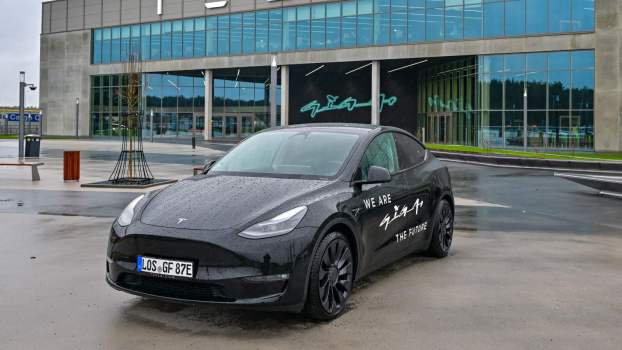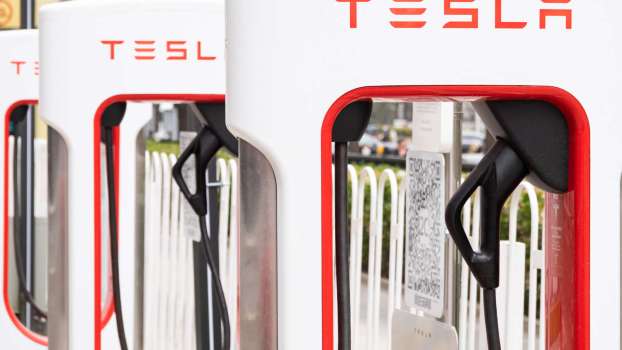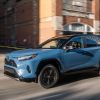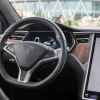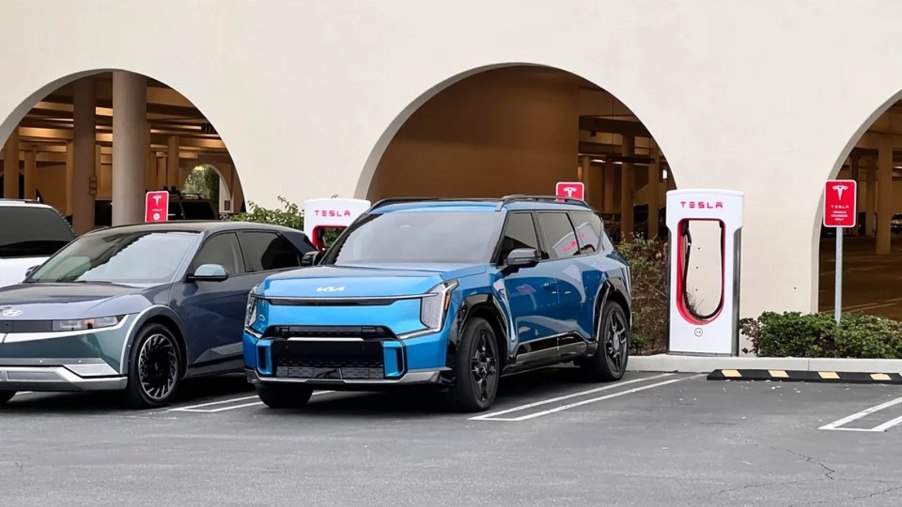
Are Tesla Superchargers Falling Short for Non-Tesla Electric Vehicles?
When Tesla agreed to allow non-Tesla EVs to use its Supercharging network it was big news in the automotive world. The expansion of electric vehicles is going much faster than the expansion of useful and reliable public DC fast charging stations. Allowing other automakers to use Tesla Superchargers added a large network to the mix.
Do Tesla Superchargers offer enough charging speed?
Charging only Tesla-branded EVs created the impressive reliability record of Tesla Superchargers. Still, this factor was huge in turning the Tesla charging port into what is now known as the North American Charging Standard (NACS).
Electric vehicle drivers expecting extremely fast charging speeds when pulling into a Tesla Supercharging station will be sorely disappointed. Many modern EVs rely on an 800-volt architecture, but Superchargers operate on a 400-volt architecture. This creates lengthy charging times, often more than doubling the expected rate when using other DC fast charging stations.
Are all Superchargers ready for non-Tesla EVs?
Some current Tesla Superchargers don’t have the programming to support non-Tesla EVs yet. These locations have the NACS charging structure because Tesla originally developed it but won’t charge a non-Tesla EV. This means electric vehicle drivers must find an upgraded Supercharger station that supports non-Tesla EVs before plugging in.
The EV’s charge door location could be problematic
Automakers haven’t universally chosen a location for the charge door on their vehicles. Tesla’s EVs use a universal charge door location, and Supercharging stations support this location. Many of these EV charging stations have narrow parking spaces and cords made long enough for Tesla EVs. Some non-Tesla EVs using Tesla Superchargers must use two spots and pull in at odd angles to allow the cord to reach the vehicle’s charging port.
This oddity can be problematic when the Supercharging station has several EVs plugged in and others waiting in line.
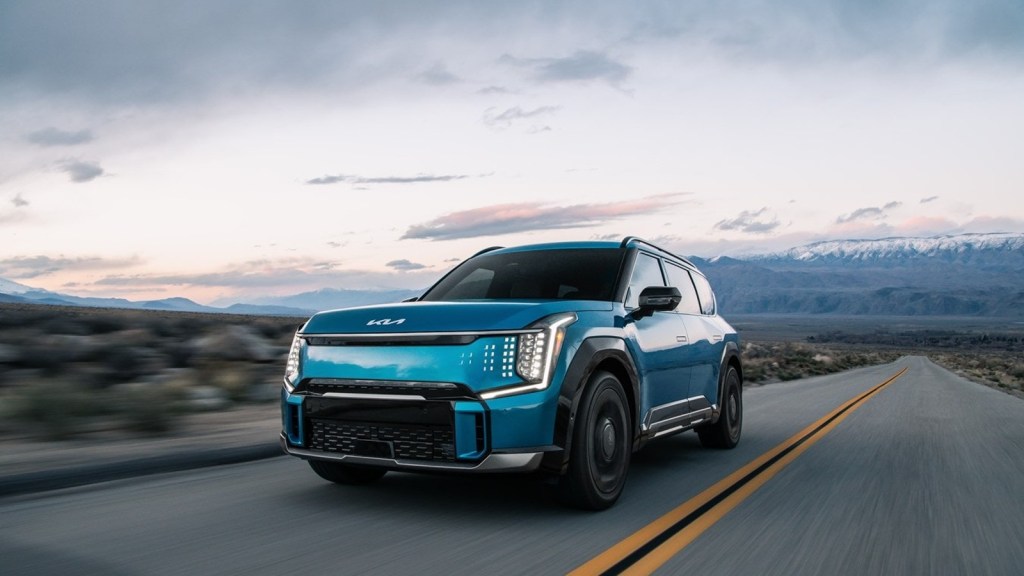
Reduced charging speeds cause longer wait times for non-Tesla EVs
Alex from the EV Buyers Guide YouTube channel explored the charging speed of a new Kia EV9 three-row electric SUV at a Tesla Supercharger station. He found the charging speed extremely slow, with the confirmed rate on the display reaching 84-kW during the charge. Some Kia drivers have reported charging speeds of up to 95 kW. That’s much slower than the 200-kW expected at most Electrify America charging stations.
Check out the video below to see Alex’s experience at the Tesla Supercharger station.
Source: InsideEVs
